Don’t Let the “Rat Look” Go Too Far: Protecting Your Car from Rodents
As the nights draw in and the temperature drops, many car owners begin to think about storage, seasonal care and protecting their vehicles from the elements. But there’s one threat that often goes under the radar — and it’s getting worse. According to data from Aviva, motor claims for rodent-related damage surged by 28% in 2024.
The average cost of a claim? £2,494. And in extreme cases, vehicles have been written off entirely because of wiring destruction and interior damage.
For owners of high-value, classic or performance cars—vehicles worthy of Birch’s specialist storage and care—this is not just an irritant. It’s a serious risk to value, provenance and peace of mind.
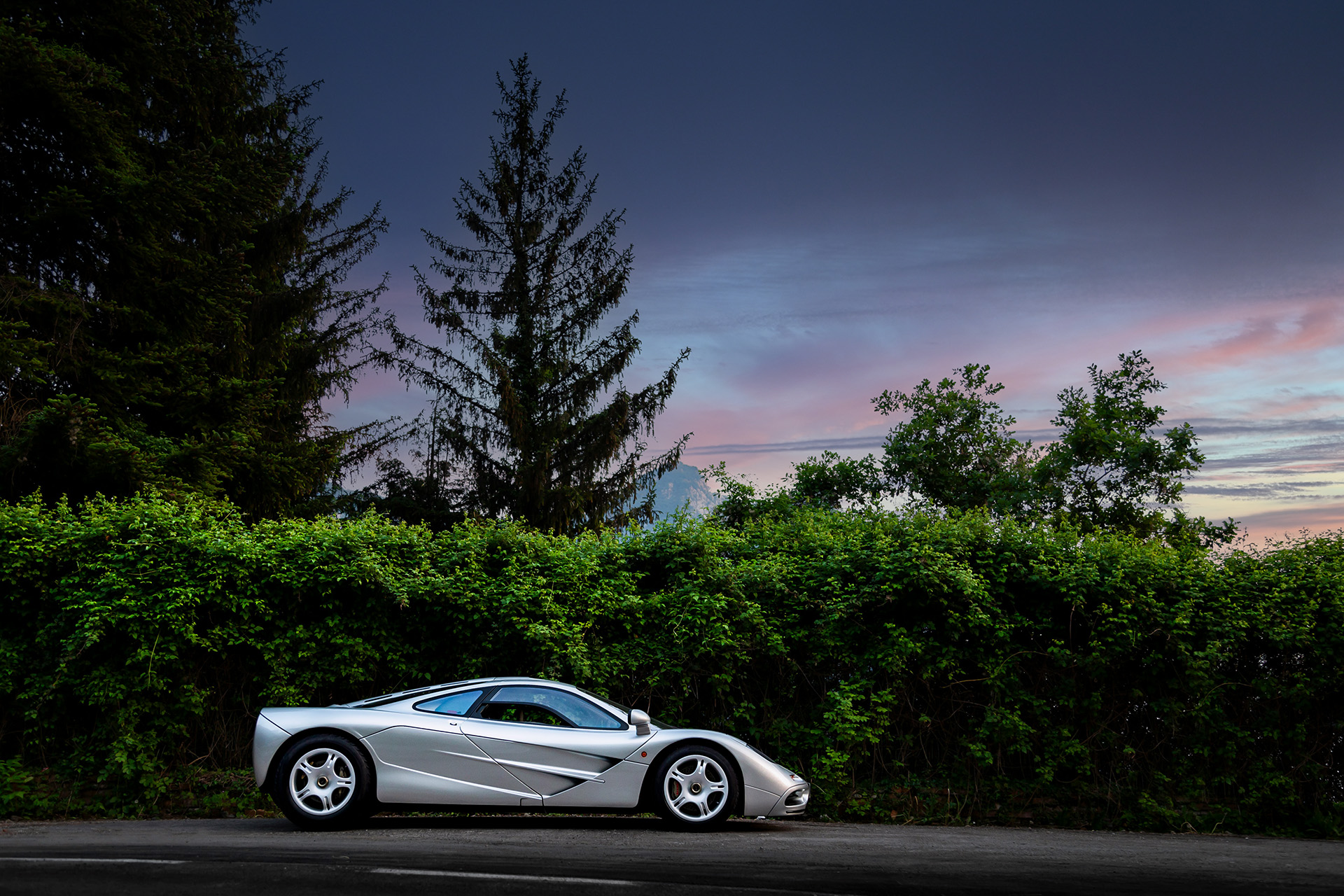
Why Rodents Target Vehicles
Rodents are opportunistic, small and clever. They look for warmth, shelter and access to places where they can nest — and a parked car in winter, a garage with little movement or a driveway beside overgrown vegetation can tick all those boxes.
Common damage includes:
- Wiring and cabling chewed or severed, leading to major electrical, sensor or engine issues.
- Nesting in engine compartments, behind dashboards or within the wheel arches.
- Interior damage: seat belts, footwells, carpets and upholstery gnawed through.
- Fuel line, insulation or brake hose damage when rodents bite through protective sheathing.
- In short: even when your car is off the road, it isn’t safe unless its storage environment is properly managed.
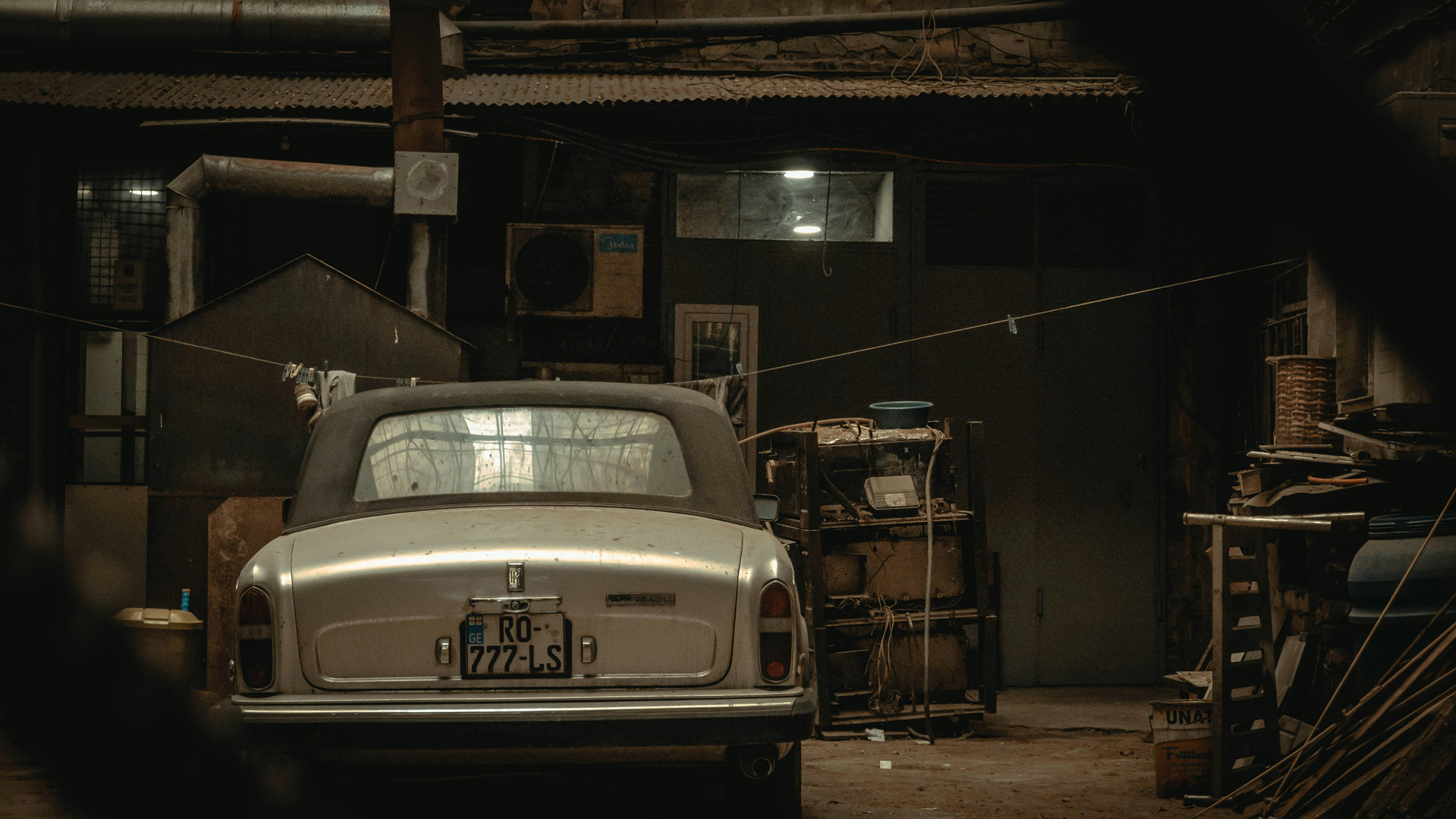
How Birch Helps Safeguard Your Vehicle
At Birch, we understand that vehicles in our care demand more than just staying locked up; they need active protection. Here is how we mitigate rodent risk and ensure your car remains in immaculate condition:
Secure, monitored storage environment: Every vehicle is in a fully secured facility with strict access control, removing much of the “natural habitat” that rodents thrive in.
Regular inspections and movement: Each car is regularly checked for signs of pests, and systems such as charging and movement protocols ensure the car remains alive, not dormant.
No food or attractants: Vehicles are stored without clutter, packaging or materials that could attract rodents.
Controlled surroundings: While we don’t claim to completely eliminate all risk, we maintain storage conditions and procedures that minimise access points and nesting opportunities.
Prompt response to warning signs: Should evidence of rodent activity emerge, we act quickly to secure the vehicle and carry out required remediation, protecting value and condition.
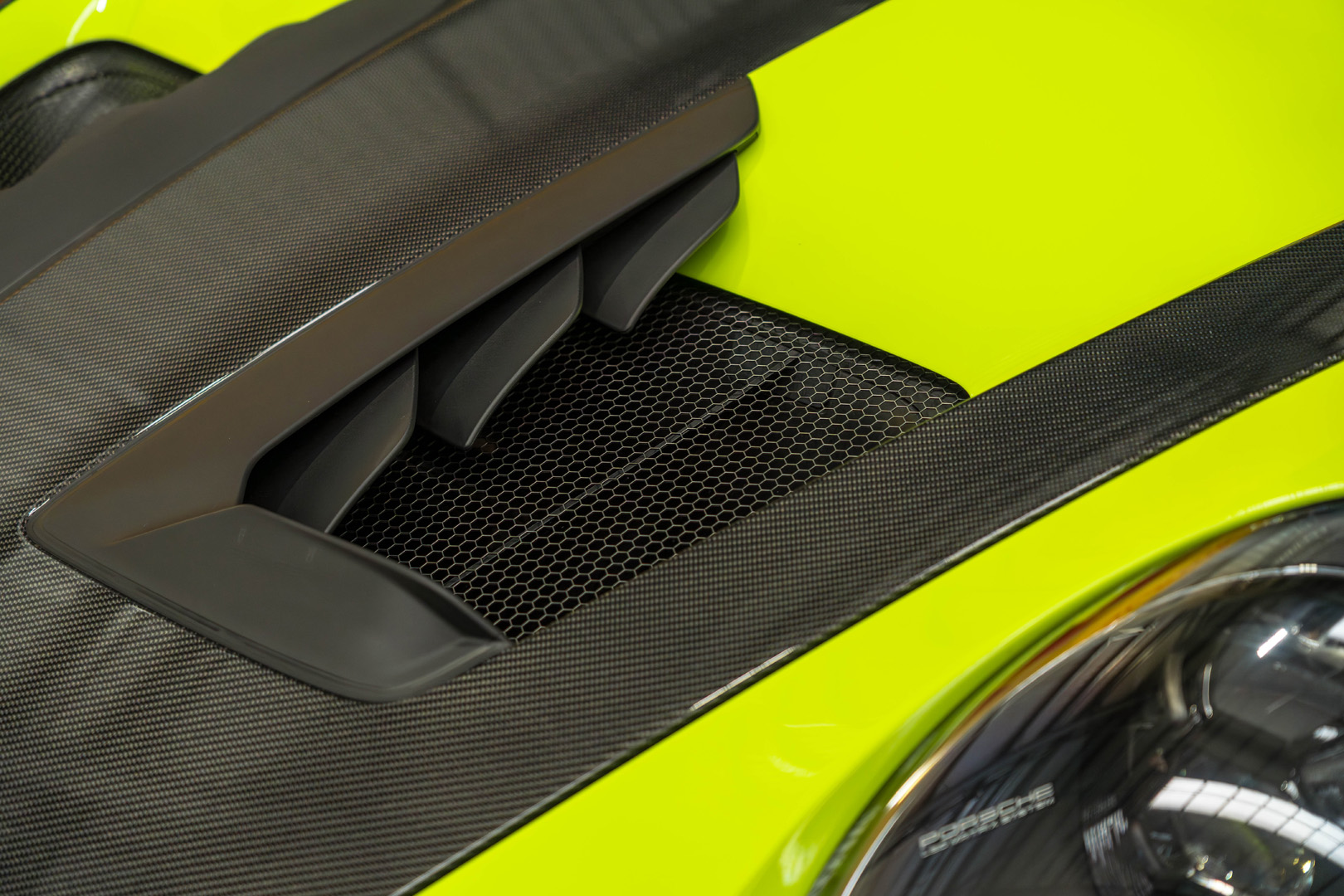
Tom Chilton (Birch’s Commercial Director) reflects:
“We see vehicles as living assets, not static trophies. Rodent damage is one of the few threats that can silently degrade value and condition. At Birch we’re vigilant, proactive and always thinking one step ahead.”
What You Can Do
Even if your car remains at home or in a smaller storage facility, there are practical steps you should take to minimise risk:
Remove food, wrappers and clutter from inside the vehicle and immediate surroundings. Rats don’t just nest— they are attracted by warmth and by small food sources.
Avoid parking near bins, overgrowth or drains – areas where rodents often congregate.
Inspect engine bays, wheel arches and footwells regularly during storage; small signs of gnawing or droppings should be addressed immediately.
Use protective covers or mesh to block access under the car, and consider raising the vehicle or ensuring movement periodically.
Consider specialist storage - Birch - if your car is of high value or infrequent use — especially during colder months when rodent activity is higher.
Check your insurance policy to see if rodent damage is covered — not all insurers treat it the same way.

Why Now Matters
Rodent-related claims spike during colder months because the animals seek warm, sheltered spaces — your car could be seen as prime real estate. With claims rising sharply (28% increase per Aviva) the message is clear: don’t let the “rat look” go too far on your classic car or performance machine.
For owners keeping their vehicles with Birch, your car is already in the kind of environment where such risk is greatly reduced. But even the best facility doesn’t replace good practice, awareness and immediate action at the first sign of trouble.
Want help assessing your car’s current storage or reviewing your vehicle’s vulnerability to rodent damage? Reach out to us at Birch — we’ll walk you through our best-practice checklist and ensure your asset remains protected until the next season.









.jpg)
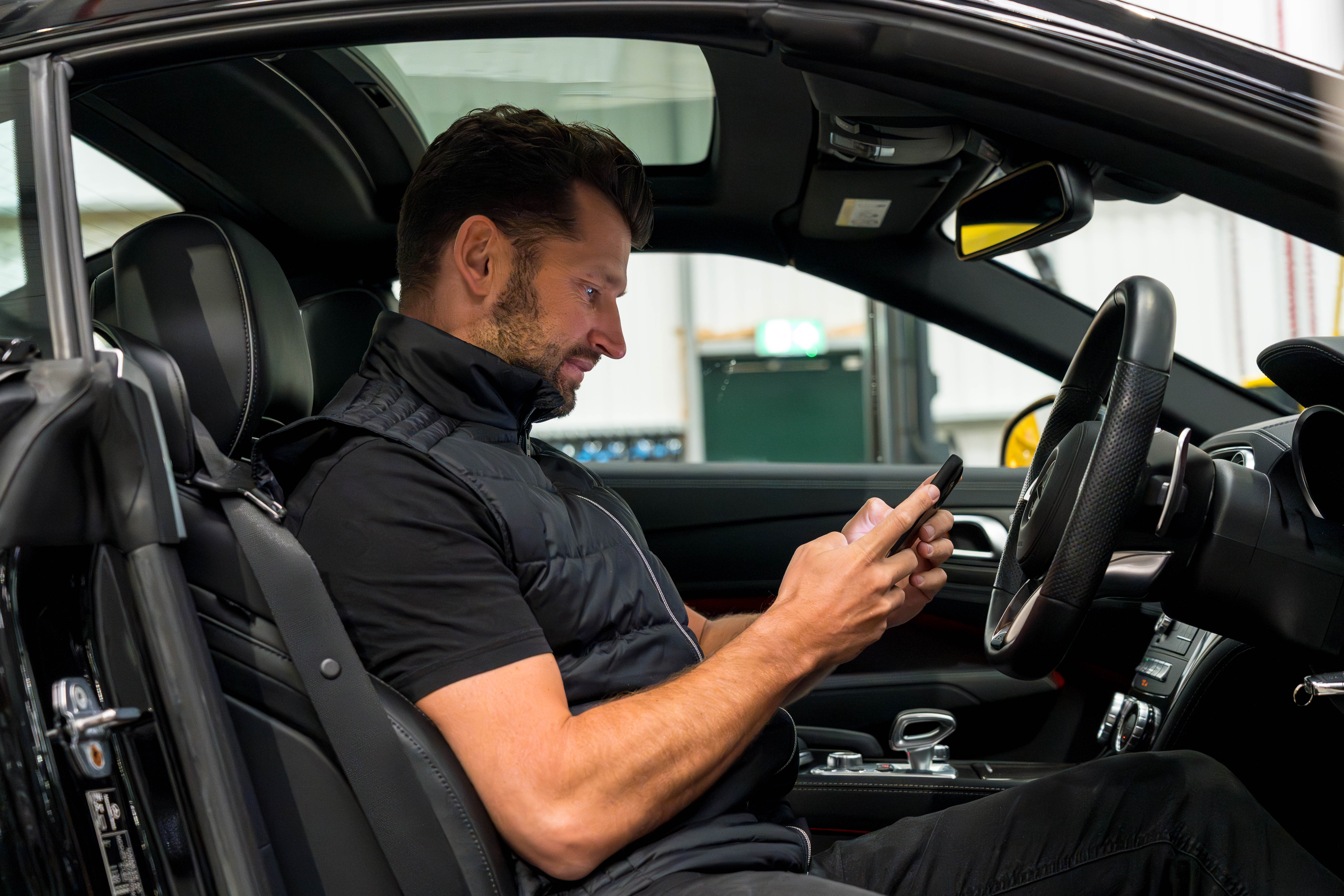
.jpg)

.jpg)
.jpg)
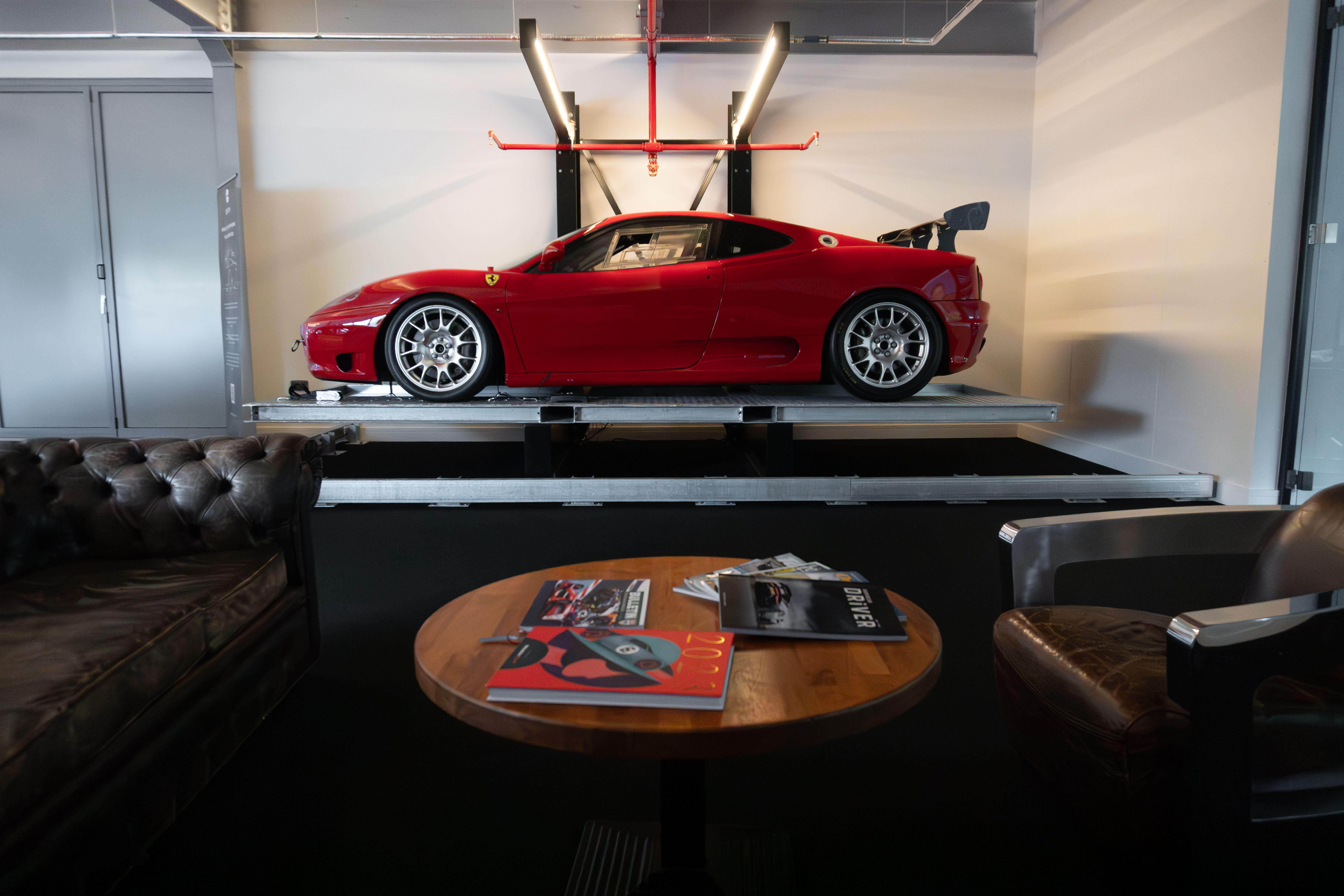


.jpg)
.jpg)
.jpg)
.jpg)
.jpg)


.jpg)